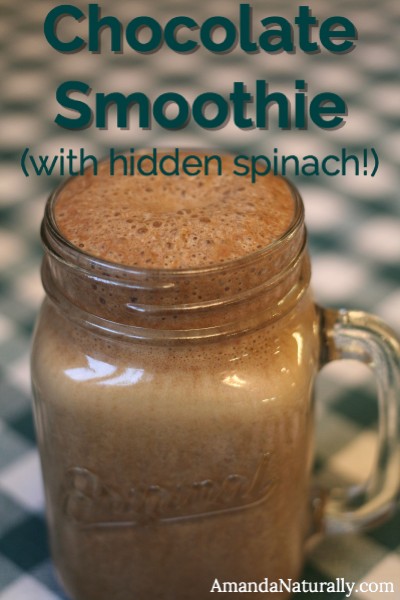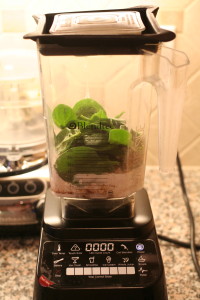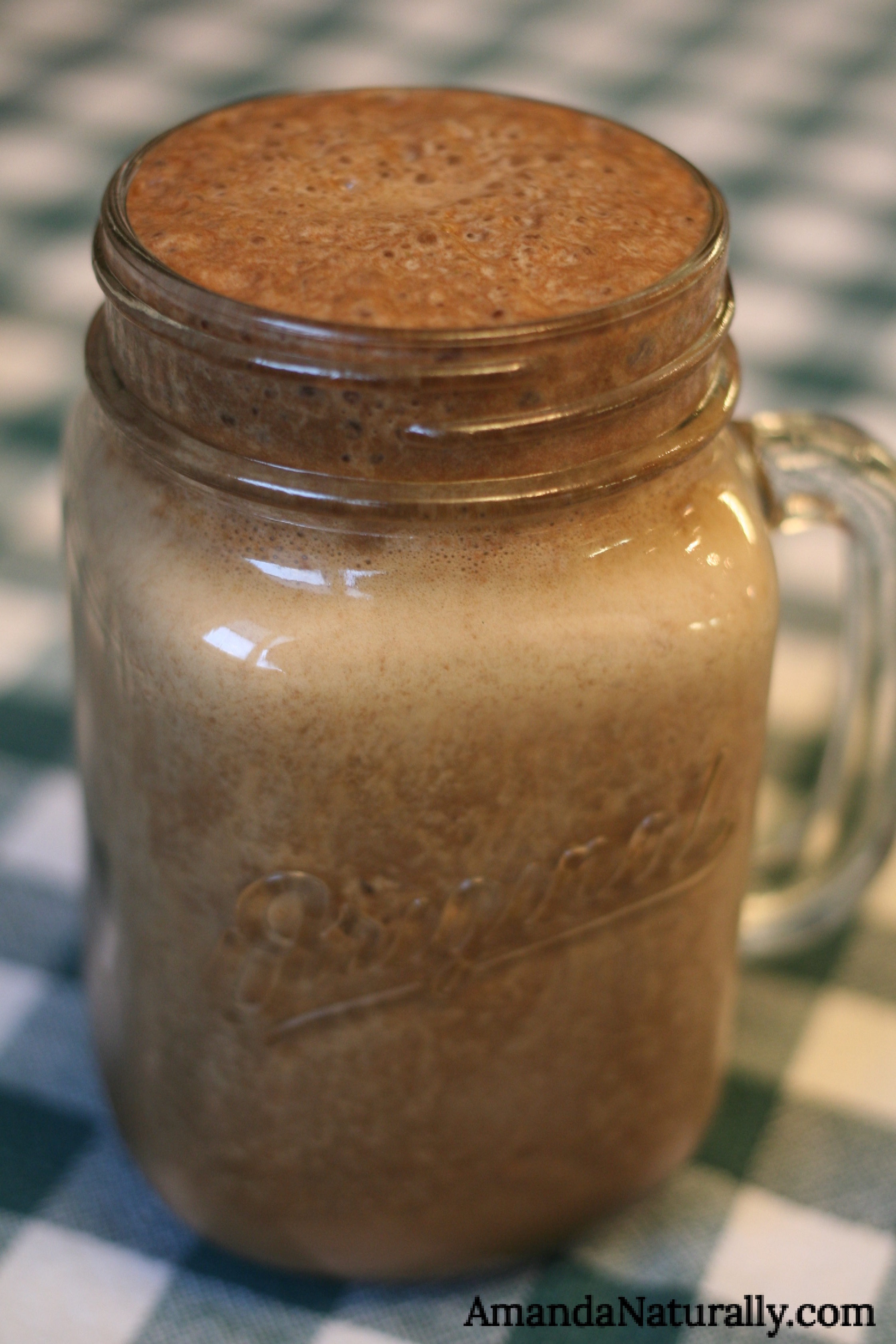 Ah the smoothie. The breakfast that always sits on a pedestal. Even if it’s full of crappy ingredients, the word “smoothie” always brings to mind healthy, fit individuals. Is that legit? Well, in some cases maybe – so let’s sort out all the info.
Ah the smoothie. The breakfast that always sits on a pedestal. Even if it’s full of crappy ingredients, the word “smoothie” always brings to mind healthy, fit individuals. Is that legit? Well, in some cases maybe – so let’s sort out all the info.
Benefits of Smoothies
- Fast.
- Can be made ahead.
- Easy way to get additional fruit and veggies in.
- You can sneak in super foods like collagen and any supplements you might want.
- If you’re dealing with major digestive distress, smoothies can be helpful because less digestive function is required.
- Helps people shift away from the traditional North American breakfasts of refined grains on sugar on pasteurized dairy.
- Great for the whole family (bonus if you have a large blender, you can make everyone’s at once!).
- Great to send in kids lunches (especially in lieu of crappy yogurt drinks).
Downsides of Smoothies
- Some people don’t register the liquid calories in a smoothie as a meal, so it can leave them feeling hungry.
- By not chewing food, you fail to start the digestion pathway. Chewing is essential in releasing amylase in your saliva and triggering the stomach to start secreting stomach acid.
- Smoothies allow you to eat standing up or on the run, which does not allow you to get into proper rest and digest mode. This means you won’t digest your food properly, which can lead to nutrient malabsorption and gut problems like dysbiosis and small intestinal bacterial overgrowth.
- Most people do not design them properly! I usually see smoothies fall into one of the following categories:
- All fruit + water/almond milk. The problem with this is you’re getting a massive hit of sugar, with no fat or protein to sustain you. You’ll burn through that smoothie in 90 minutes or less, storing much of the sugar as body fat, and then be reaching for a snack.
- Protein + water. This combination is way too low calorie to be a meal. At 100-120 calories, heck it’s barely a snack! The only time this is appropriate is if you need a post-workout protein hit. But even then, it should contain carbohydrates to replenish muscle glycogen.
- Crappy protein powders. So many proteins contain fake junk. Ingredients like artificial sweeteners (aspartame, sucralose, acesulfame-potassium), food dyes and artificial flavours should be avoided at all cost. Whey protein, while ideal from a bioavailability standpoint, can cause problems in the large percentage of the population that has trouble tolerating dairy. And plant-based proteins are often primarily pea protein, which is a poor quality protein that is notorious for causing major gut irritation.
- Random, unnecessary ingredients. So I pretty much added this bullet to address flax. Both the seeds and the oils are completely unnecessary and yet so many people add them to their smoothies! What’s your reasoning for adding flax? Here are the 3 common ones I hear all the time:
 Omega-3’s! I hate to break it to you, but the type of omega-3 found in flax seed is ALA and unfortunately, that’s not the form our bodies need. We need EPA and DHA. Sure we can convert some ALA to the usable forms, but at the rate of 0.5-2%. So yeah, not very efficient. One bite of salmon gives you the same amount of omega-3’s as a whole whack of flax.
Omega-3’s! I hate to break it to you, but the type of omega-3 found in flax seed is ALA and unfortunately, that’s not the form our bodies need. We need EPA and DHA. Sure we can convert some ALA to the usable forms, but at the rate of 0.5-2%. So yeah, not very efficient. One bite of salmon gives you the same amount of omega-3’s as a whole whack of flax.- It keeps me regular! Then you have a GI issue that you need to work on. If flax seeds are keeping you regular, it might be that you’re not getting enough fibre. Add spinach, berries, apples, pears, pumpkin, sweet potato etc. to your diet and get back to me! Not working? Likely there’s something that is causing constipation (a food allergy, gut overgrowth, poor digestive function).
- They’re so healthy! Well that’s debatable. They’re not a great source of omega-3’s, the fibre can be irritating to the gut in some cases, and most importantly, they’re highly estrogenic. So if there are any hormonal imbalances that need to be addressed, flax shouldn’t be consumed on a regular basis.
So to sum up, if drinking a smoothie is going to prevent you from swinging through Tim’s for a bagel with cream cheese, go for it! Just make sure it’s properly designed (see below). Also, make sure to give yourself 10 minutes to sit, relax and actually enjoy your smoothie – to aid in digestion!
Creating an Awesome Smoothie
So how do you make a smoothie that’s good for you and an actual meal?
Use the following equation:
CARBS
fruit and starchy veggies
banana/berry
mango/pineapple
pumpkin puree (for pumpkin pie!)
+
VEGGIES
baby spinach (my preference because it blends easily and doesn’t add any flavour)
cucumber, fresh herbs, kale, celery etc.
+
PROTEIN
Grassfed/organic whey protein is the best from a bioavailability standpoint (Prairie Naturals Organic Whey, or New Zealand Whey are my favs).
If you don’t tolerate dairy, my other favourites are Manitoba Harvest Hemp Pro, Brown Rice Protein by Prairie Naturals or Sun Warrior and Pumpkin Seed Protein by Omega Alpha.
If you are on an autoimmune protocol, there aren’t any great options for complete proteins. However you can use the Vital Proteins Collagen Peptides. It’s not a complete protein, but 2 scoops gives you 18g of protein AND gut/joint healing awesomeness. So just make sure you eat other quality proteins during the day to balance it out!
+
FAT
Key to keeping you full! Yes protein helps keep you full, but fat does a much better job.
Plus the body likes to burn fat as fuel, if you let it.
¼ cup canned coconut milk (full fat!)
½ avocado
1-2 tbsp almond butter or other nut butter
¼ cup cashews
+
LIQUID
water
don’t waste your money on almond milk, it’s just expensive white water with no nutritional value, synthetic crappy vitamins and some gut irritants (carrageenan, guar gum)
+
OPTIONAL INGREDIENTS
vanilla extract
peppermint extract
sea salt
cocoa powder (carob powder for AIP)
spices (cinnamon, pumpkin pie spice)
chilled coffee or tea
scoop of kefir (coconut or dairy if tolerated)
supplements
collagen protein (not just for the autoimmune protocol! I add a scoop to every smoothie to support my gut & joints. Not to mention support my skin, hair and nails!)
Chocolate Smoothie (with hidden spinach!)
This is one of my favourite recipes for sneaking veggies into kids’ breakfasts. Ok if I’m being honest, I fully use this with adults too since many people are weirded out by a green-coloured smoothie (get over it people!). Cocoa covers up the green colour beautifully!

- 1 ripe banana
- handful of spinach
- 2 tbsp cocoa powder (carob for AIP)
- 1 tsp vanilla extract
- pinch of sea salt
- 1-2 scoops protein powder and/or collagen
- handful of ice
- Combine all ingredients.
- Blend and serve!
- 1. This can be made ahead and refrigerated or sent in a lunch box with an ice pack.
- 2. Protein powder options are (a) grassfed/organic whey, if dairy is tolerated (b) hemp seed, pumpkin seed or brown rice protein for plant-based options and (c) 2 scoops of Vital Proteins collagen peptides for a super gentle & healing protein or AIP option
- 3. Try not to add additional sweetener to this smoothie. It's not a super sweet, chocolatey milkshake, but the flavour is rich. If your kid refuses to eat it, add 1-2 of raw honey or real maple syrup, and over a few weeks reduce the amount until you're not putting in any.




Hi, Amanda
Is there a brand of cocoa powder that you recommend? Is it ‘necessary’ to buy organic cocoa powder?
Thanks!
Hi Debra – whenever possible I encourage purchasing FAIR TRADE chocolate. Chocolate is a notoriously cruel food, often involving child slaves 🙁 http://sustainabledish.com/healthy-foods-that-are-cruel-bananas-coffee-and-chocolate/